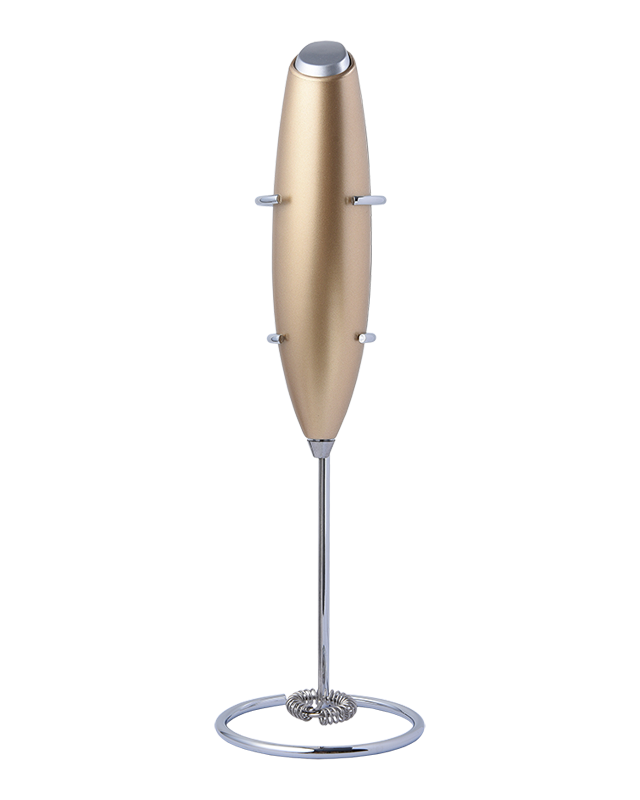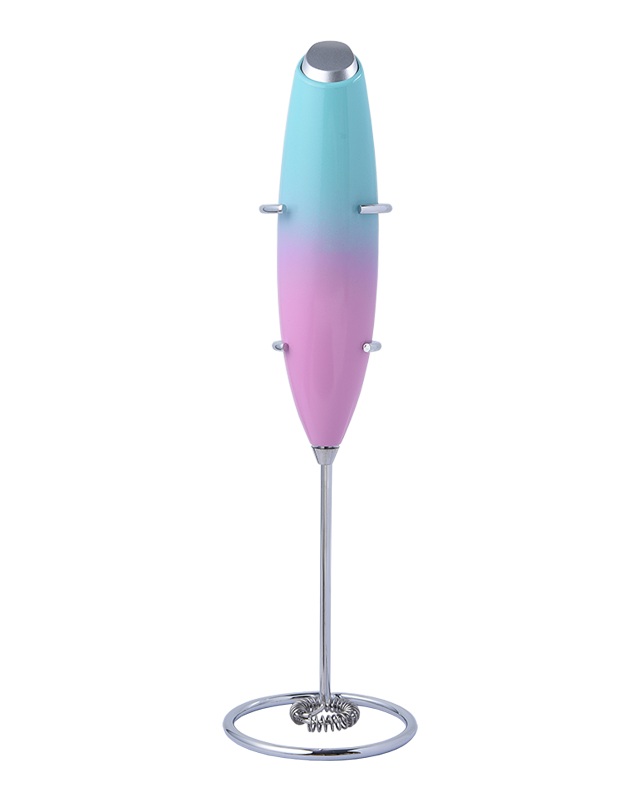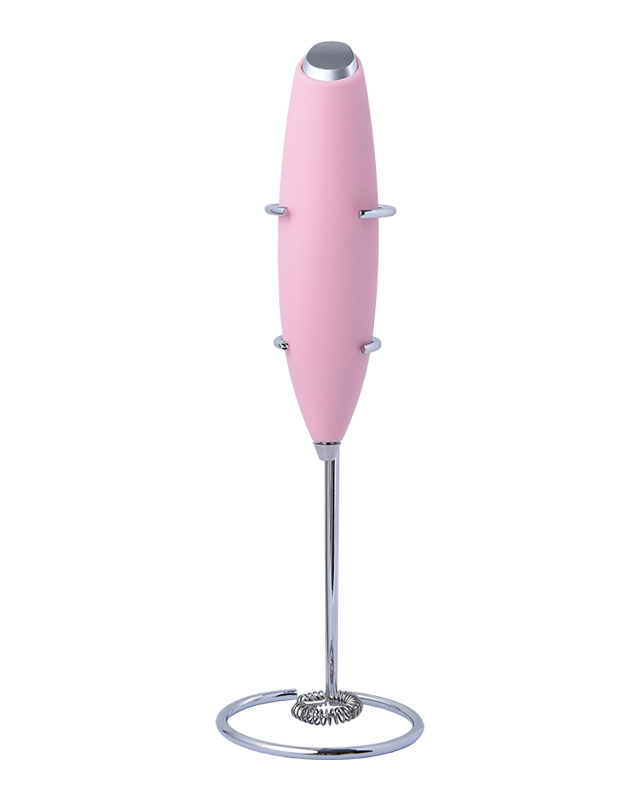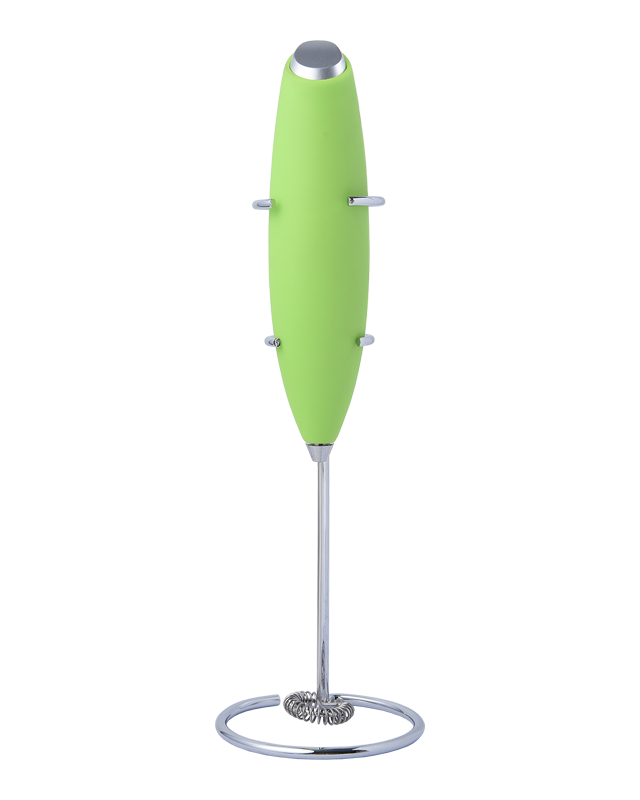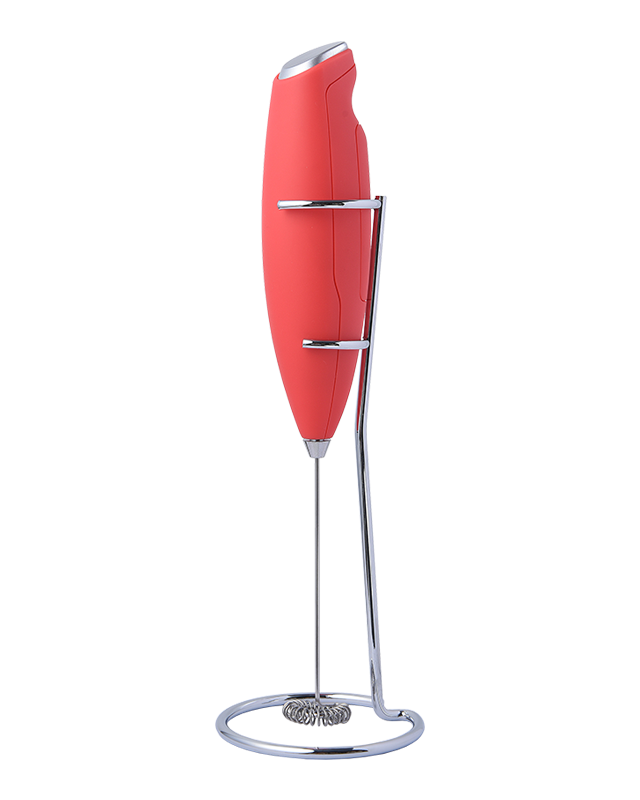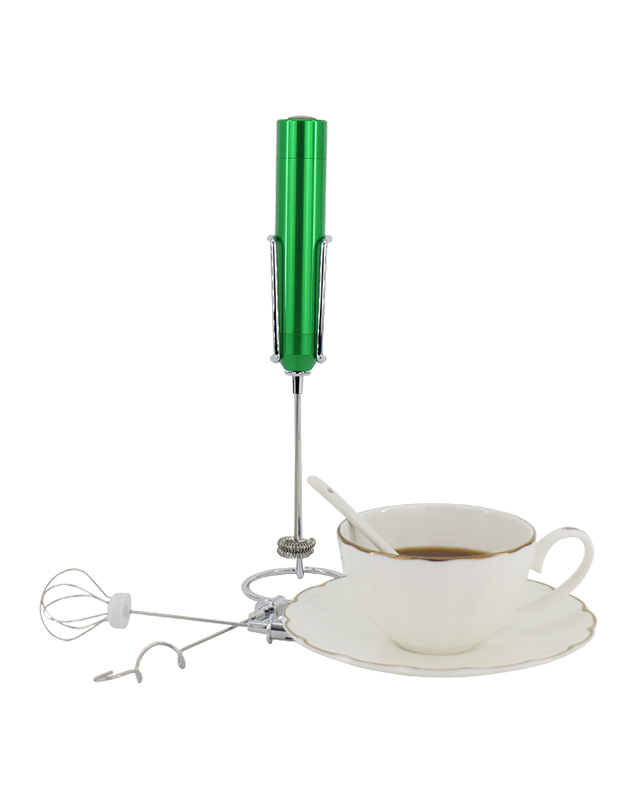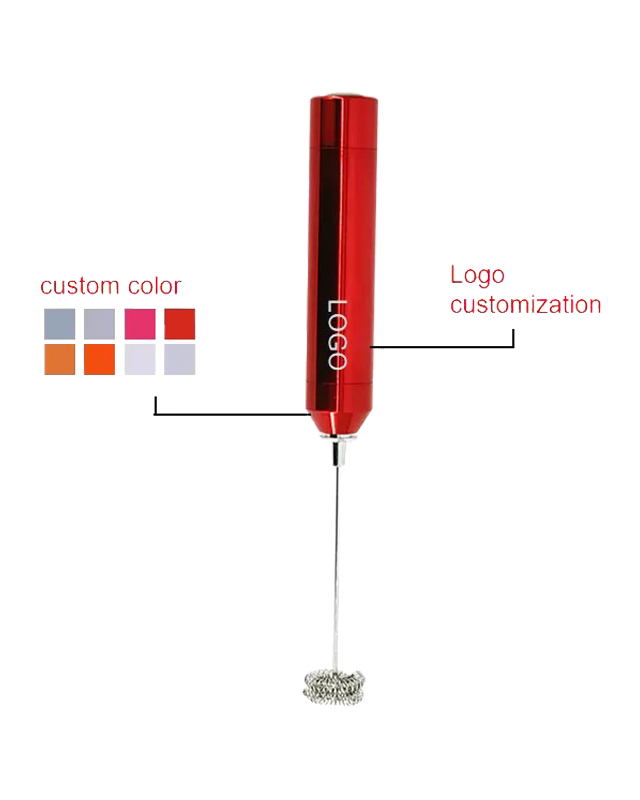-
Whisk or Agitation Mechanism Design: The shape, geometry, and motion of the whisk or mixing paddle in Coffee Foam Mixer are critical to achieving uniform foam consistency. The blade curvature, pitch, and rotation pattern determine how air is incorporated into the milk, influencing microbubble size and overall foam density. For dairy milk, moderate speeds combined with precise whisk geometry allow controlled aeration that maintains protein integrity, resulting in creamy, velvety foam suitable for latte art. For plant-based milks, which often have lower protein and fat content, specialized whisk designs or higher aeration efficiency are required to produce stable microfoam, prevent large bubble formation, and maintain structural integrity over time. A well-designed agitation mechanism ensures that air is distributed evenly and the foam remains consistent across different milk types.
-
Mixing Chamber Shape and Volume: The internal shape and size of the mixing vessel in a Coffee Foam Mixer significantly affect how milk circulates during aeration. Conical or tapered chambers help channel the liquid toward the whisk, promoting uniform mixing and minimizing dead zones where foam may fail to form. Sufficient chamber depth and width allow both small and large milk volumes to receive consistent aeration, which is particularly important for plant-based milks that require more precise agitation to stabilize foam. Chambers with improper proportions may lead to uneven foam distribution, formation of large bubbles, or early separation, while optimized chamber design ensures high-quality foam texture regardless of volume.
-
Speed and Torque Control Integration: The balance of rotational speed and torque in a Coffee Foam Mixer enables precise control of aeration according to milk type and viscosity. Dairy milk, which naturally stabilizes foam due to its protein and fat content, requires moderate speed and torque to avoid over-aeration that could produce fragile bubbles. Plant-based milks often need higher torque or carefully timed speed pulses to incorporate sufficient air while preserving foam stability. A mixer with adjustable speed and torque settings allows the operator to tailor the mechanical energy delivered, ensuring uniform foam density, smooth texture, and resistance to separation or collapse across all milk types.
-
Temperature Control and Heat Management: Milk temperature strongly affects foam formation and stability. Excessive heat can denature proteins in dairy milk, causing curdling, while plant-based milks may coagulate or destabilize under improper heating. A Coffee Foam Mixer that integrates temperature control, either through sensors or gentle heating elements, maintains optimal frothing temperature throughout the aeration process. This ensures that foam forms evenly, maintains microbubble integrity, and produces a creamy texture that is stable over time. Controlled heating also preserves the flavor profile of milk and prevents undesirable changes caused by overheating.
-
Material and Surface Finish: The choice of materials and surface finish in a Coffee Foam Mixer directly impacts foam quality and consistency. Smooth stainless steel or nonstick surfaces reduce protein adhesion and prevent bubbles from rupturing prematurely, preserving microfoam stability. For plant-based milks, which are more sensitive to agitation, smooth and chemically inert surfaces minimize foam collapse and ensure uniform air distribution. Durable materials also facilitate cleaning and sanitation, preventing residual milk from affecting subsequent batches and maintaining consistent foam quality over repeated use.
-
Aeration Pattern and Bubble Size Control: The internal design of the mixer, including the rotation pattern and fluid flow path, determines how air is distributed within the milk. A well-engineered Coffee Foam Mixer creates controlled shear and turbulence, producing small, uniform microbubbles that enhance foam density and stability. Uniform bubble distribution is critical to preventing large bubbles, foam separation, or collapse, and ensures that the foam integrates smoothly with espresso or other beverages. Optimized aeration patterns enable consistent foam quality across different milk types and volumes, maintaining professional standards in both taste and appearance.
-
Adaptability for Different Milk Types: High-quality Coffee Foam Mixer is designed to accommodate variations in viscosity, fat content, and protein levels across dairy and plant-based milks. Adjustable mechanical and thermal settings allow operators to optimize aeration for whole milk, skim milk, soy, oat, almond, or lactose-free alternatives. This adaptability ensures that foam density, texture, and stability are maintained consistently, regardless of milk composition, reducing the need for repeated adjustments or operator intervention.



 English
English
 Français
Français
 Español
Español
 Deutsch
Deutsch
 日本語
日本語




